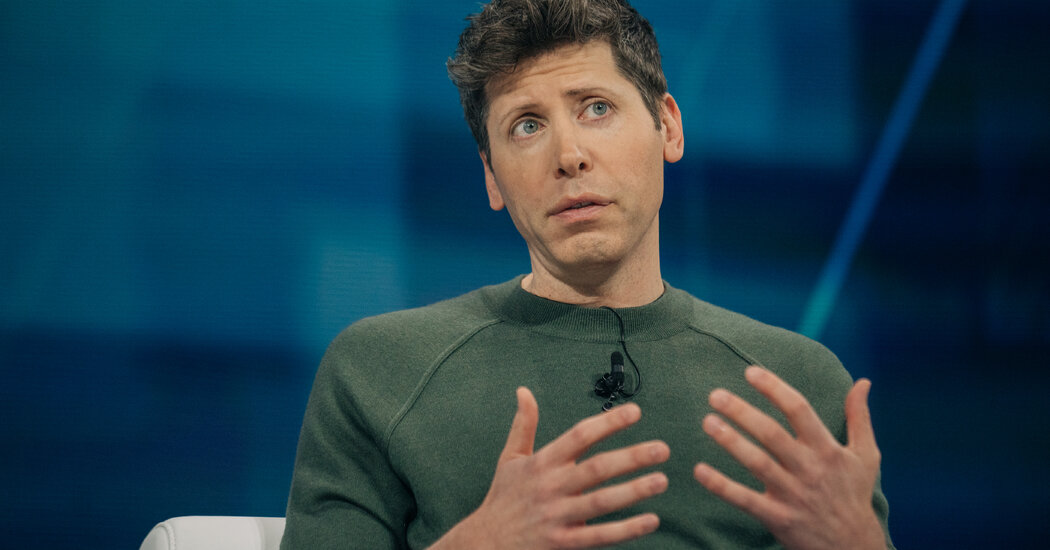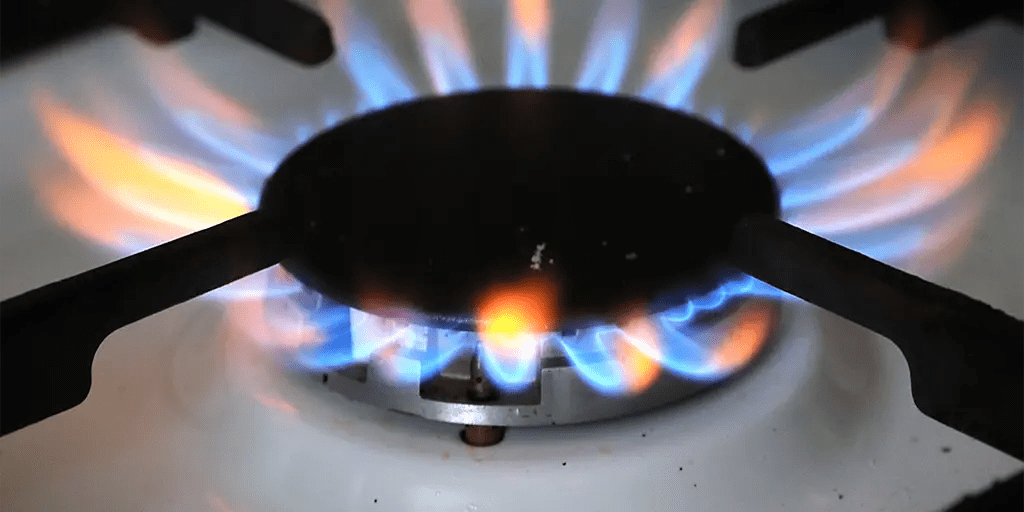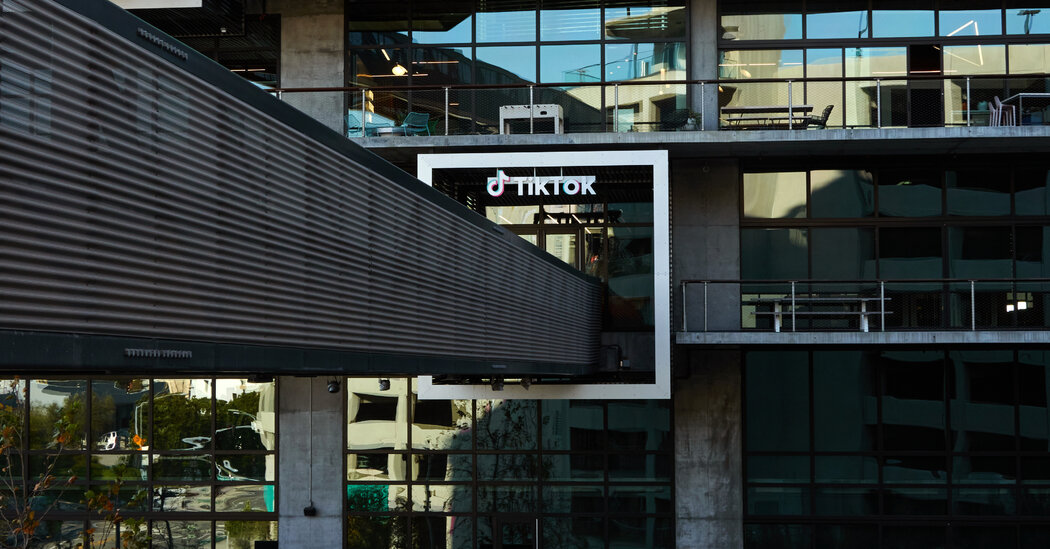The introduction of stricter emission regulations, alongside tougher safety standards, is expected to increase the cost of construction equipment vehicles (CEVs) by 12-15 per cent on average, depending on the equipment type. These cost increases are likely to be passed on to customers within the next 12-18 months.
The transition to the new CEV-V emission standards will have varying impacts. CEVs upgrading from Stage III to Stage V standards could see costs rise by over 12-15 per cent, while those moving from Stage IV to Stage V are expected to experience a smaller increase of 4-6 per cent, according to rating agency ICRA.
Currently, most CEVs in India are powered by diesel engines, which contribute to rising emissions. In response to growing environmental concerns and a global push for sustainability, stricter emission standards have been implemented worldwide. While India has been slower to adopt these standards compared to markets such as the US and EU, the country is set to align with global norms, bridging the gap in the coming years.
The ongoing shift to Stage V emission standards, starting January 1, 2025, will close this gap for wheeled CEVs, which constitute 65-70 per cent of India’s overall industry volume. However, non-wheeled equipment, primarily used in off-road or off-highway applications, will remain exempt from these new regulations.
The cost of emission control technologies increases with engine-rated power. For smaller engines (below 19 kW), the added cost is expected to be minimal. However, for higher-powered non-road equipment, the adoption of diesel particulate filters (DPF) and selective catalytic reduction systems will significantly raise costs.
Equipment transitioning from Stage III to Stage V will face a higher double-digit price increase compared to those moving from Stage IV. For entry-level CEVs (around ₹20 lakh in India), the added cost could be ₹2.5-3 lakh. For larger machines (₹1 crore), the price increase may range from ₹12-15 lakh.
Structural changes
Starting January 1, 2025, equipment designs will undergo major structural changes as per AIS-160 Part 2 requirements, contributing an additional 6-8 per cent to the overall cost, ICRA said.
The Indian CEV industry has experienced a robust annual growth rate of around 13 per cent over the past decade (FY2015-FY2024). With the government’s long-term goal of achieving a $30 trillion economy under the Viksit Bharat 2047 programme, the focus on infrastructure development is expected to remain strong, further driving the growth of the domestic CEV sector.
ICRA projects the industry’s annual sales to reach about 2.4 lakh units by FY2030, reflecting a CAGR of 8-10 per cent from FY2024 to FY2030.







Leave a Comment